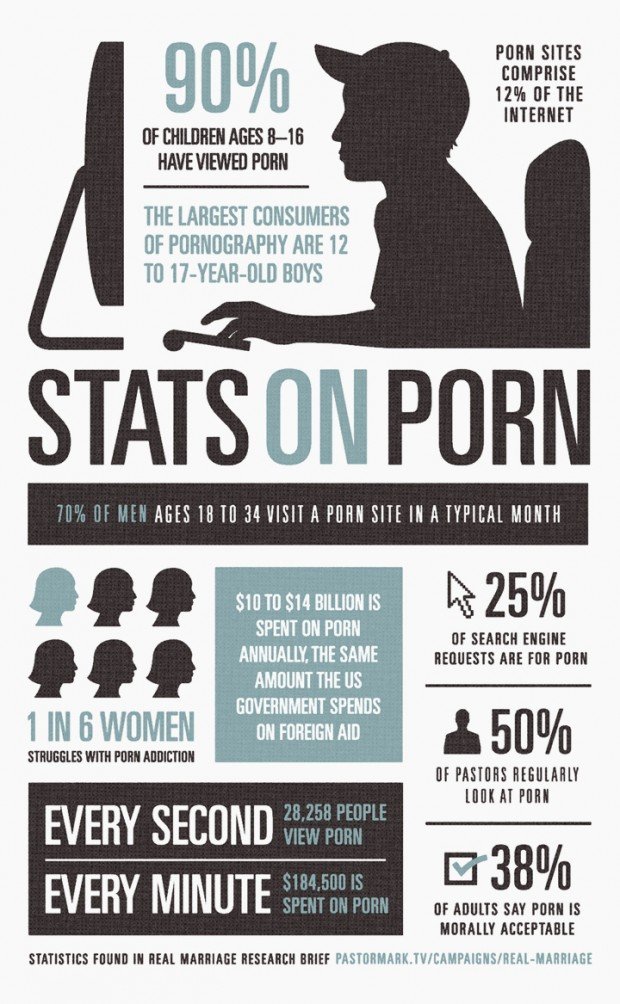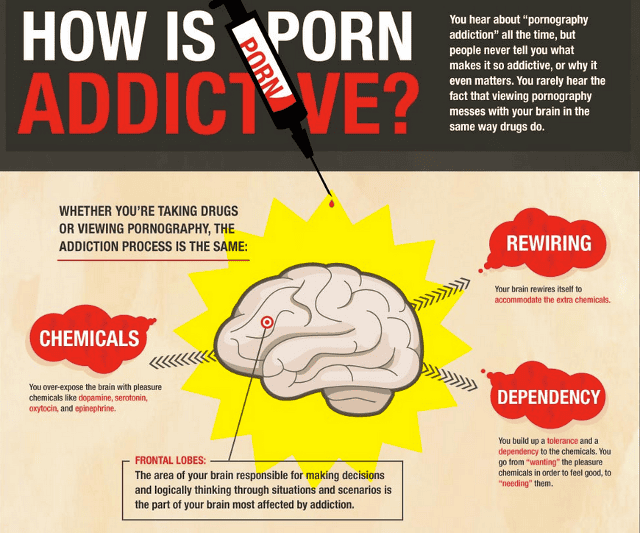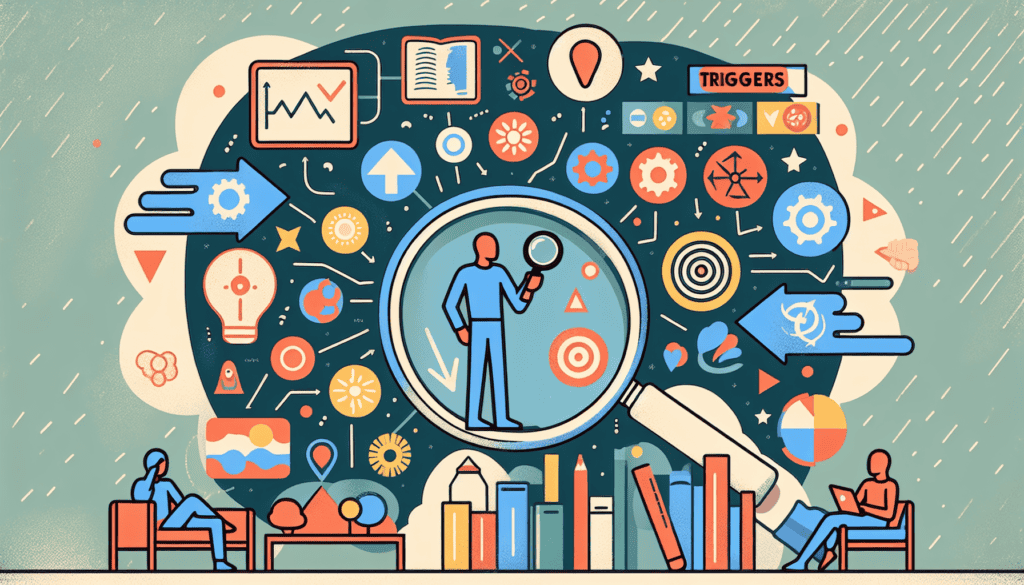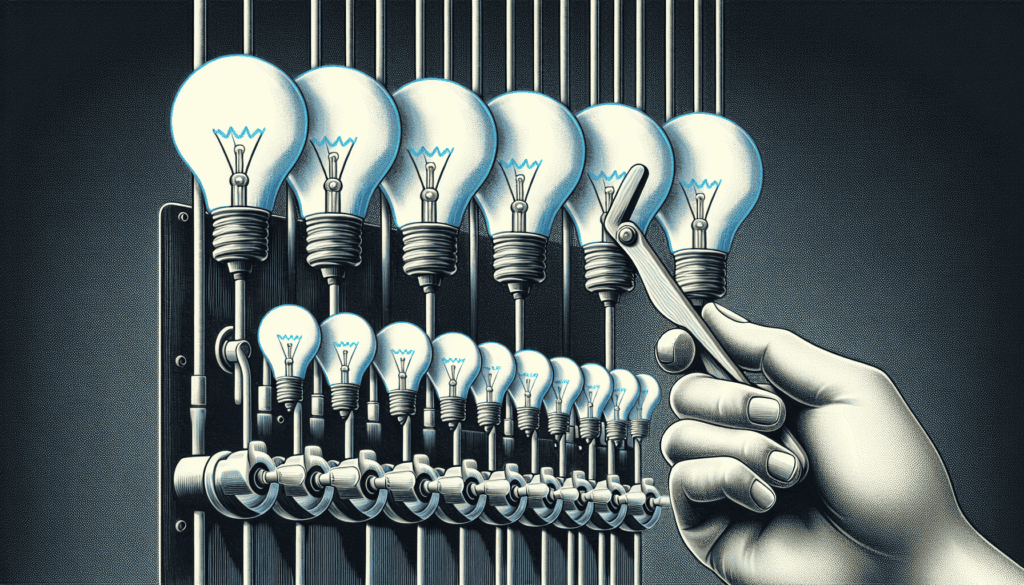Understanding the science of porn addiction holds immense importance in tackling this widespread issue. Porn addiction is deeply rooted in the brain’s chemistry and neurological pathways. Grasping how porn addiction and the brain interact can provide crucial insights into both prevention and recovery.
To understand what exactly is porn addiction, read this article.
Recent studies reveal alarming statistics. In the United States alone, millions of individuals struggle with this form of addiction. The interplay between brain chemistry, psychological mechanisms, and habitual behavior leads to a challenging cycle.

With this article, we aim to delve into the intricate mechanisms behind porn addiction brain changes, providing a comprehensive understanding that can foster more effective treatments and support.
By examining the brain’s reward system, neuroplasticity, and psychological conditioning, we uncover the multifaceted nature of porn addiction. This knowledge empowers individuals, families, and professionals to approach addiction with a scientifically informed perspective, potentially transforming lives.
Brain Chemistry and Porn Addiction
Role of Dopamine
Dopamine plays a pivotal role in the porn addiction brain chemistry. This neurotransmitter, often called the “feel-good” chemical, significantly influences pleasure and reward pathways. When someone views pornographic material, their brain releases dopamine, creating feelings of pleasure and reinforcing the behavior.
Studies highlight that repeated exposure to pornography can lead to an overproduction of dopamine.
For instance, initial exposure to porn can produce dopamine levels that are comparable to those experienced during sexual activity. Still, sustained use can cause the brain to adapt, resulting in decreased sensitivity and increased cravings for more extreme content to achieve the same dopamine “high” (Addiction Hope).
This cycle leads to tolerance, where the brain requires more intense stimuli to release dopamine and feel pleasure.
Reward System Alterations
Porn addiction causes significant changes in the brain’s reward system. The brain’s reward circuitry, including structures like the nucleus accumbens, becomes hyperactive due to constant dopamine spikes. This alteration means the brain starts prioritizing pornographic content over other rewarding activities.
Over time, these changes can lead to long-term effects on mental health and behavior. Individuals may find it difficult to experience pleasure from everyday activities, a condition known as anhedonia. The persistent need for dopamine surges reinforces compulsive behavior, making it challenging to break free from the cycle of addiction (Utah Valley Psychology).
Neurological Mechanisms
Neuroplasticity and Addiction
Neuroplasticity refers to the brain’s ability to reorganize itself by forming new neural connections throughout life. This adaptability plays a crucial role in neuroplasticity and porn addiction.
Repeated exposure to pornographic content reinforces specific neural pathways, making the behavior more habitual and ingrained. The brain essentially rewires itself to prioritize porn consumption over other activities, creating a powerful feedback loop that sustains the addiction.
Research has shown that consistent exposure to porn can significantly alter brain structure and function. For instance, individuals addicted to pornography often exhibit increased connectivity in brain regions associated with reward, motivation, and habit formation.
These changes can lead to compulsive behavior, where the individual feels a heightened urge to seek out pornographic content despite negative consequences. MRI scans have illustrated that regions such as the ventral striatum and dorsal anterior cingulate become hyperactive, mirroring the brain activity seen in drug addicts.
Impact on Prefrontal Cortex
The prefrontal cortex, responsible for decision-making, impulse control, and executive function, undergoes notable changes due to porn addiction brain activity.
Chronic exposure to pornography can impair the prefrontal cortex’s ability to regulate impulses and make sound decisions. This impairment contributes to the compulsive nature of the addiction, as the brain’s executive control weakens.
Functional MRI studies have revealed that individuals with porn addiction show reduced activation in the prefrontal cortex when exposed to pornographic stimuli.
This reduction in activity correlates with decreased impulse control and heightened susceptibility to addictive behaviors. Over time, these changes make it increasingly difficult for individuals to abstain from porn use, further entrenching the addiction.
Psychological Mechanisms
Conditioning and Habituation
Conditioning and habituation significantly influence the development of porn addiction. When individuals repeatedly consume pornographic content, their brains start associating it with pleasure and reward, a process known as conditioning. This mechanism involves creating neural pathways reinforcing the behavior, making it more ingrained.
Habituation, on the other hand, refers to the brain’s diminished response to repeated stimuli. As individuals continue to watch pornography, they require increasingly explicit or novel content to achieve the same level of arousal and satisfaction.

Credit: Pathways
This escalation leads to a compulsive cycle where the brain constantly seeks new stimuli to maintain the dopamine levels associated with pleasure. Studies have shown that this pattern can result in long-term changes in brain function, contributing to the addiction’s persistence.
Emotional Regulation
Porn addiction also impacts emotional regulation, which refers to the ability to manage and respond to emotional experiences appropriately. Individuals addicted to pornography often use it as a coping mechanism to deal with stress, anxiety, or depression.
This reliance on porn for emotional regulation can lead to a cycle where negative emotions trigger porn use, which temporarily alleviates these feelings but ultimately exacerbates the underlying issues.
Research indicates that individuals with porn addiction may experience heightened levels of emotional distress and impaired emotional regulation.

This can manifest as increased irritability, mood swings, and difficulty managing daily stressors without resorting to pornography. Addressing these emotional challenges requires a comprehensive approach that includes therapy and support to develop healthier coping mechanisms.
Long-Term Effects on the Brain
Chronic Exposure Consequences
Chronic exposure to pornography can lead to significant long-term effects on the brain. Repeated and prolonged use of pornographic material can alter the brain’s neural pathways, making it increasingly difficult to derive pleasure from natural rewards.
This phenomenon, known as desensitization, occurs because the brain’s reward system becomes overstimulated and less responsive over time. As a result, individuals may struggle to experience satisfaction from everyday activities, leading to a condition called anhedonia.
Studies have shown that chronic porn users often exhibit decreased grey matter in brain regions responsible for motivation, decision-making, and impulse control. This reduction in grey matter can impair cognitive functions and contribute to the compulsive nature of the addiction (Utah Valley Psychology) (The Independent).
Moreover, the prefrontal cortex, which plays a crucial role in regulating behavior and controlling impulses, shows diminished activity in individuals with long-term porn addiction. These changes can exacerbate addictive behaviors and make it challenging to break the cycle of addiction.
Reversibility and Recovery
Despite the severe impact of chronic porn use on the brain, recovery is possible. The brain can remarkably heal and reorganize itself, a process known as neuroplasticity.
When individuals reduce or eliminate their consumption of pornography, their brains can begin to recover, and the negative effects can be reversed. Studies have indicated that with sustained abstinence from porn, individuals can experience improvements in cognitive functions, emotional regulation, and overall mental health.
The timeline for recovery varies depending on factors such as the severity and duration of the addiction, age, and individual differences.
Some people may notice improvements within a few months, while others might take longer to see significant changes. Successful recovery often involves a comprehensive approach that includes therapy, support groups, and developing healthier coping mechanisms (Psychology Today) (Fight the New Drug).
Timeline for Brain Recovery
Initial Weeks (1-3 Months)
During the first few weeks of abstinence from pornography, individuals may experience withdrawal symptoms, including mood swings, irritability, and cravings. However, this period is crucial as the brain starts to readjust its dopamine levels.
Initial improvements in emotional regulation and impulse control may become noticeable. According to a study by the University of Cambridge, significant reductions in compulsive behavior and cravings can be observed within the first three months (University of Cambridge) (Fight the New Drug).
Medium Term (3-6 Months)
After three to six months of abstinence, the brain’s reward system stabilizes. The prefrontal cortex, responsible for decision-making and impulse control, regains functionality.

Credit: BPB Counseling
Individuals often report improved focus, better decision-making abilities, and a reduction in the compulsive need to seek out pornography. This period is critical for reinforcing new, healthier habits and coping mechanisms (Utah Valley Psychology) (Fight the New Drug).
Long Term (6-12 Months and Beyond)
Sustained recovery over six to twelve months leads to more profound and lasting changes in brain structure and function. Neuroplasticity allows for the formation of new neural pathways that support healthier behaviors and emotional responses.
By this stage, individuals often experience significant improvements in overall mental health, including reduced anxiety and depression, enhanced emotional stability, and a greater capacity for experiencing pleasure from natural rewards.
Full recovery can vary depending on the individual’s history and the severity of the addiction. Still, many find that a year or more of abstinence leads to substantial and lasting improvements (Addiction Hope) (University of Cambridge).
Conclusion
Understanding the science behind porn addiction is crucial in addressing this complex issue. We’ve explored how porn addiction brain chemistry, including the roles of dopamine and the reward system, contributes to addiction.
The discussion on neuroplasticity and porn addiction highlighted how the brain’s adaptability reinforces addictive behaviors, while the impact on the prefrontal cortex explained the loss of impulse control and decision-making abilities. Additionally, psychological mechanisms like conditioning and habituation further entrench the addiction, making it challenging to break free.
Chronic exposure to pornography leads to long-term effects on the brain, but recovery is possible through neuroplasticity.
The timeline for recovery varies, but with sustained abstinence and the right support, individuals can regain cognitive functions and emotional stability. Understanding these mechanisms provides a comprehensive approach to combating porn addiction, emphasizing the importance of scientific knowledge in creating effective treatment strategies.
If you or someone you know struggles with porn addiction, seeking help is essential. Professional therapy, support groups, and comprehensive treatment plans can significantly impact.
Visit our article on Breaking the Chains of Porn Addiction for more resources and information on overcoming addiction. Remember, recovery is possible, and the first step towards it is seeking help and understanding the science behind the addiction.











